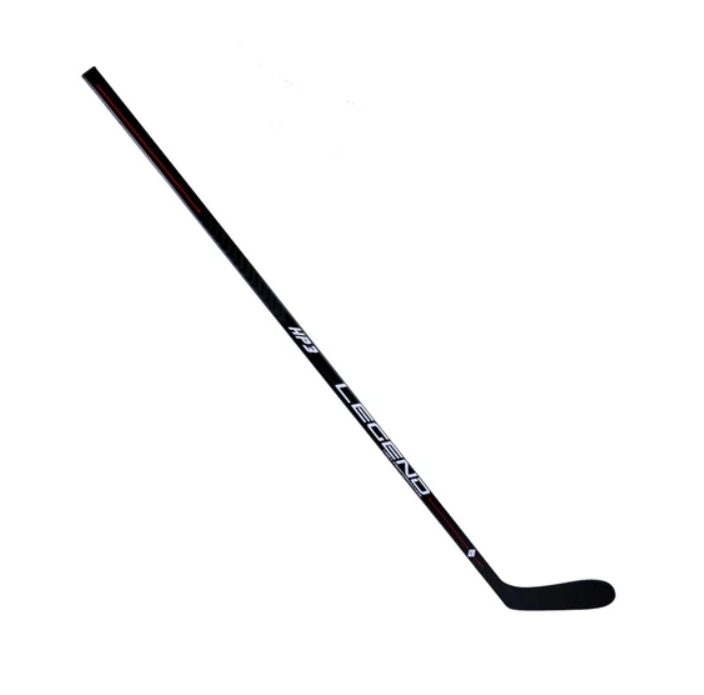Dek hockey, also known as street or ball hockey, is a dynamic and accessible sport played on foot using a plastic ball instead of a puck. It’s fast-paced, competitive, and enjoyed by players of all ages in leagues and pick-up games around the world. Like any sport, having the right equipment makes a big difference—not only for performance but also for safety. Whether you’re new to the game or a seasoned player, understanding dek hockey equipment is essential to playing your best and protecting yourself on the court.
1. Stick
The most important piece of gear in dek hockey is the stick. While similar to an ice hockey stick, dek hockey sticks are designed to handle tougher surfaces and a ball rather than a puck.
- Blade Material: Most sticks feature ABS plastic blades, which are durable and designed for street surfaces.
- Shaft: Shafts come in wood, composite, or aluminum. Composite offers lightweight performance; wood is tough and affordable.
- Length and Flex: Choose a stick that reaches your chin while standing in shoes. Lower flex sticks are more common in dek hockey due to reduced leverage compared to skating.
2. Footwear
Because dek hockey is played on foot—usually on a sport court, concrete, or gym floor—the right shoes are crucial.
- Court Shoes or Turf Shoes: Look for non-slip soles with good grip and ankle support.
- Avoid Running Shoes: They often lack the lateral stability needed for quick side-to-side movements and may wear down quickly.
- Specialized Dek Hockey Shoes: Some brands now offer shoes specifically made for the sport, providing the best grip and durability for play.
3. Gloves
Gloves protect your hands from stick checks, falls, and abrasions.
- Dek Hockey Gloves: These are lighter than ice hockey gloves but still offer strong padding on the fingers and knuckles.
- Fit and Flexibility: Good gloves protect without sacrificing dexterity. You should be able to handle the stick comfortably.
- Wrist Coverage: Some models include extended wrist padding for extra protection.
4. Helmet
Though not always required in casual play, a helmet is strongly recommended—and often mandatory in organized leagues.
- Type: A certified hockey helmet with a face cage or visor offers the best protection.
- Youth Players: Must wear full cages for safety.
- Fit: A helmet should fit snugly, sit low on the forehead, and not shift when you shake your head.
5. Protective Gear
While dek hockey is less physical than ice hockey, body contact still occurs, especially in competitive play. Protective gear keeps players safe from injuries.
Shin Guards
- Purpose: Protect against stick contact, errant balls, and falls.
- Dek vs. Ice Hockey Guards: Dek shin guards are lighter and often come with built-in knee padding.
- Fit: Should cover from just above the ankle to a couple of inches above the knee.
Elbow Pads
- Use: Optional in some leagues but important for falls or rough play.
- Fit: Should allow full range of motion while covering the joint.
Jock or Jill (Pelvic Protection)
- Essential for both male and female players to prevent serious injuries from ball impacts.
Girdles or Padded Shorts
- Some players wear padded shorts to protect hips and thighs, especially in competitive leagues.
6. Goalie Equipment
Goalies in dek hockey require a specific set of gear, similar to ice hockey but adapted for playing on foot.
- Goalie Stick: Wider blade and paddle for blocking.
- Leg Pads: Lighter than ice hockey pads but still provide full coverage.
- Chest Protector and Arm Pads: Essential for shot protection.
- Glove and Blocker: Used to catch and deflect the ball.
- Goalie Helmet: With a full cage and extra padding.
- Kicksave Shoes or Pad Covers: Designed for lateral movement and protection during slides.
7. Clothing
Most players wear athletic clothing appropriate for the weather and playing environment.
- Jersey or Lightweight Shirt: Team jerseys are often worn in leagues.
- Shorts or Track Pants: Flexible and breathable. Some players opt for compression shorts under looser outerwear.
- Base Layers: Help wick away sweat and reduce chafing.
8. Optional but Useful Items
- Mouthguard: Protects teeth and reduces concussion risk. Often required in youth leagues.
- Hockey Bag: Keeps all your gear organized and easy to transport.
- Water Bottle: Staying hydrated is crucial during games, especially when playing outdoors.
Tips for Buying Dek Hockey Gear
- Start with the Basics: If you’re a beginner, focus on getting a quality stick, shoes, gloves, and a helmet first.
- Consider Used Gear: Especially for children who are still growing, secondhand equipment can be a cost-effective option.
- Buy for Fit, Not Brand: The best equipment is what fits your body and playing style, not what’s most expensive.
- Check League Requirements: Some leagues require specific gear, especially for youth players.
Conclusion
Dek hockey is a fun and challenging sport that brings the intensity of hockey to nearly any flat surface. With the right equipment, players can enjoy the game safely and perform at their best. Whether you’re playing competitively or just for fun, investing in proper gear—from your stick to your shoes—makes a world of difference. As the sport grows, so too does the variety and quality of dek hockey equipment, helping players of all levels enjoy the game safely and confidently.


